|
We've enjoyed maybe the best stretch of clear nights with good seeing that I've experienced since moving to Washington, DC, and I was out nearly every night with a telescope in hand. Between work, childcare, and observing, I had no chance to update this blog - but now it's raining, and I have an hour (but just an hour) to relax. Roughly two weeks ago, I spotted a Takahashi FS-102 for sale on Astromart. Amateur astronomers will know that this is a four-inch refractor with a well-earned reputation for exceptional optics. It's been replaced by the Takahashi FC-100 series, and I already own a telescope in that line. But the FS-102, while much bulkier than my 100DC, does better at longer wavelengths. And in Mars-watching season, that's what I convinced myself I needed. Although the FS-102 was supposedly in pristine condition, when it arrived I was dismayed to discover that the lens cell was loose and the tube was covered - I mean covered - with scratches. Luckily, the owner was mortified when I informed him, and I received a (nearly) full refund. I now had some cash to spare, and at just that moment a new copy of Sky and Telescope arrived. A favorable review of the EVScope convinced me to give that telescope another chance (see a previous entry for my first impressions). Maybe the buggy version I owned before had unfairly soured me on the product? It did, after all, offer me a chance to observe nebulae and galaxies I would otherwise never have a chance to see from the city . . . . After it arrived, I bundled the telescope into a suitcase and rolled it along to my nearby park. After I turned it on, it just about instantly figured out where it was and slewed (quietly) to any object in the sky, like magic. Clearly, I'd been sold a glitchy version the first time around. This was more like it! And when I tapped on "enhanced vision" (I describe the technology in a previous entry), the effect was really satisfying. After a couple minutes gathering light on the Andromeda Galaxy, for example, dust lanes I'd previously spotted only with averted vision clearly snapped into focus. So, how good are the views? Well: although I managed to achieve fine focus, I think I'll need to collimate the telescope when I'm next out. Stars are not exactly pinpoints, as these images attest, and that's also caused by a tendency of the telescope to move too much while it's gathering and stacking images. There's more noise in the pictures than I'd prefer, and after getting used to my wonderful TeleVue eyepieces, the view through the EVScope's "eyepiece" is really cramped. It's like looking through a tunnel. More importantly: no, seeing an image through a grainy screen is just not at all the same as seeing it through an optical eyepiece. An optical telescope feels like an extension of the eye; not so the digital EVScope. But damn, it's cool to see galaxies shimmer into view on my iPhone screen. It's simply true that I can see things now that I never would have imagined seeing before, and isn't that what this is all about? I mean, the Triangulum Galaxy from an urban sky . . . are you kidding me? I'm still learning how to use this technology, and pictures I've seen online tell me there's plenty of room for improvement. Still, I've noticed that the images look much more spectacular in the app, while I'm in the field, than they do after I get home. Certainly they pale in comparison to even half-decent astrophotographs made with dedicated gear. Now does the technology always work seamlessly. Just a couple nights ago, I had to restart the telescope and reinstall the software before I could get the enhanced vision mode to work, and by then I'd already shivered outside for about 30 minutes. Some objects also look immeasurably better through my optical telescopes. The EVScope is just about useless for lunar and planetary views, and stars look like ugly blobs compared to the beautiful diamonds they resemble through my refractor. Yet what the EVScope does so well is find that sweet spot between visual observation and astrophotography, and it does so in an integrated package that's usually a pleasure to use. No, I never had the thrill of seeing something with my own eyes - the thrill I've described often in these pages - but I certainly did get a deep sense of pleasure when I glimpsed the Whirlpool Galaxy from the city. One virtue of the EVScope is its weight. If I stuff the EVScope into the suitcase I used for the APM - which, admittedly, does seem to mess with its collimation - then I can easily sling my Takahashi 60Q over my shoulder (and wedge its tripod in the suitcase). I've now used the 60Q twice, including once in the early morning, with the EVScope gathering Orion's light. I have to say: I was more than a little stunned by its quality. To my astonishment, the Moon through the 60Q really didn't look any dimmer than it does through the TV 85, and details were equally sharp. Here are three images I took of the Moon over the last week, with the 60Q, the FC-100DC, and the APM 140. A reminder: the 60Q has an aperture of about 2.5 inches; the 100DC of 4 inches, and the APM of 5.5 inches (these are big differences for refractors). The optical quality of each telescope is roughly similar, though I'd say the APM shows the most false color, and the 60Q the least. That's the 60Q on the left, and the APM on the right. The comparison isn't quite fair; seeing and transparency differed on each night - it was average when I used the APM, and decidedly better than average when I used the 60Q and 100DC - and while the smaller telescopes had fully cooled down when I took these images, the APM in my judgement had not. Still, it amazes me how slight the differences are. I have a new phone, by the way, with a much better camera, and I think it shows. These pictures were taken after the APM had fully acclimated, and I think it's fair to say that now the aperture difference is more easily visible. There's a deeper and more richly textured quality to these images than there is to the 60Q closeup above. Yet it always takes me aback to realize that, when telescopes are of similar quality, differences from night to night on bright objects - the Moon especially - owe more to atmospheric conditions than anything else, including aperture. It's different for dimmer objects. I can usually see at least five stars in the Trapezium using the APM, for example, but I've rarely if ever confidently spotted a fifth with any other refractor. Mars was full of detail when I observed it with the APM - wow that south polar cap looks bright and sharply defined right now - but I found that it, and every other bright object, was surrounded by a bright halo that night. This seems to be a common and very annoying optical effect in the skies of Washington, DC. On two nights with the 100DC, however, I had no such problem. Dark albedo markings were wonderfully detailed, and I spent easily an hour both nights just enjoying the view. It's a little sad to think that every night brings us a little farther from the red planet, but the view should dazzle for months to come. One last note. My first night out with the 100DC over these past two weeks was November 3rd. I suddenly resolved to stop doom scrolling and instead do something that distracted me. But what a sinking feeling I felt, walking bewildered to the field, with panicked screams - yes, screams - echoing around me. I walked out on the 4th, too, and the mood was lighter. Then, on the 7th, while playing with my kids in the very spot I usually set up my telescopes, came the good news: the networks had called it for Biden. I'll never forget the scenes of spontaneous joy on the streets: the bells ringing, cars honking, crowds cheering. We may be in for some very dark months this winter, but that was a moment I'll long remember.
0 Comments
Leave a Reply. |
Archives
March 2024
Categories
All
|
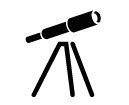
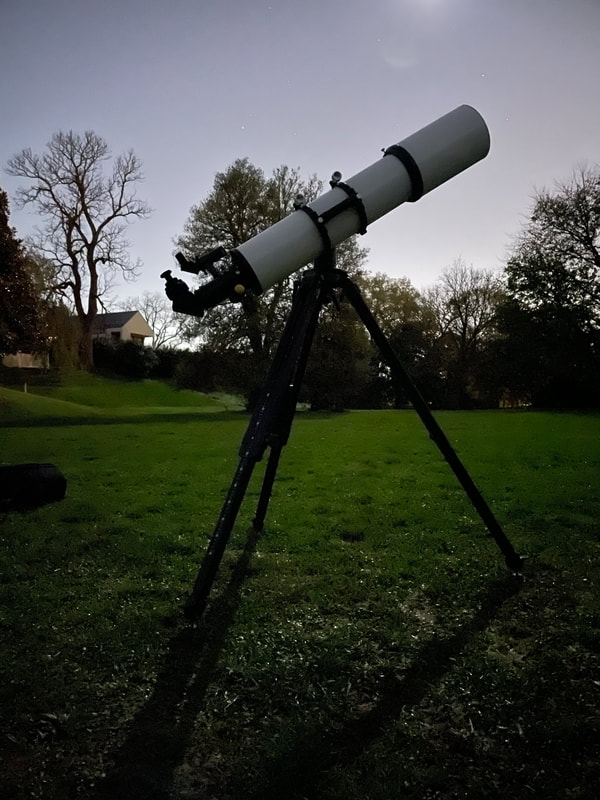
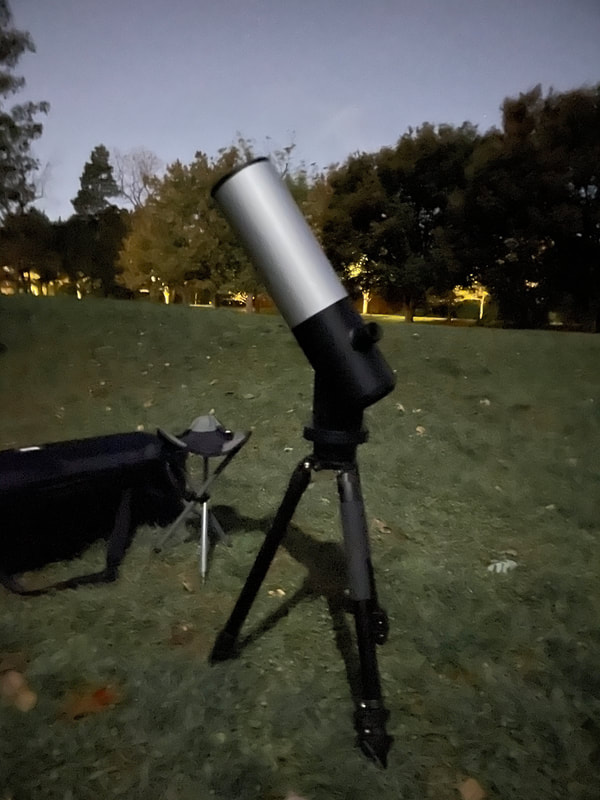
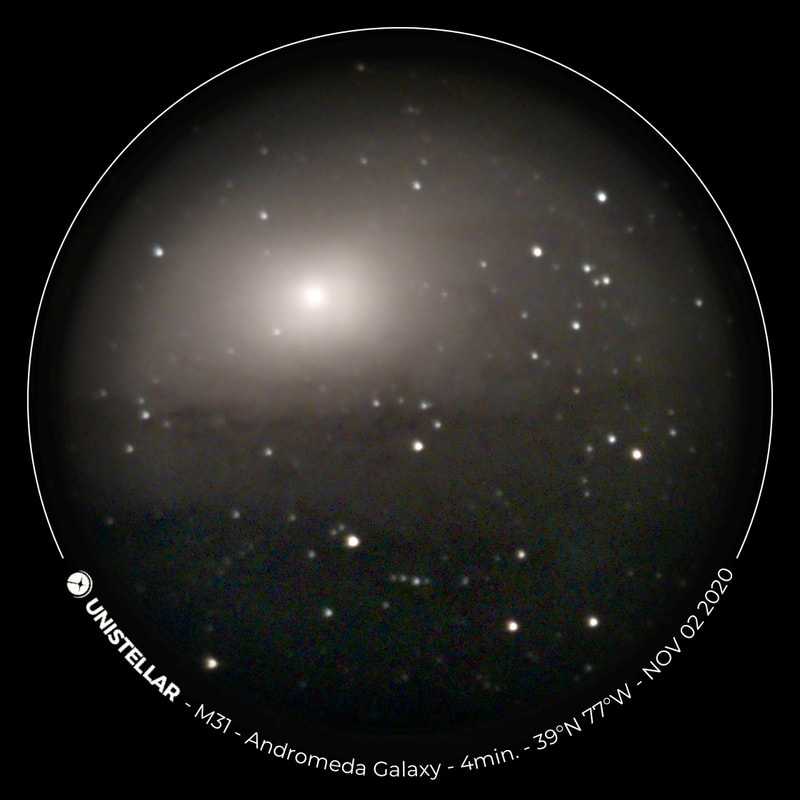
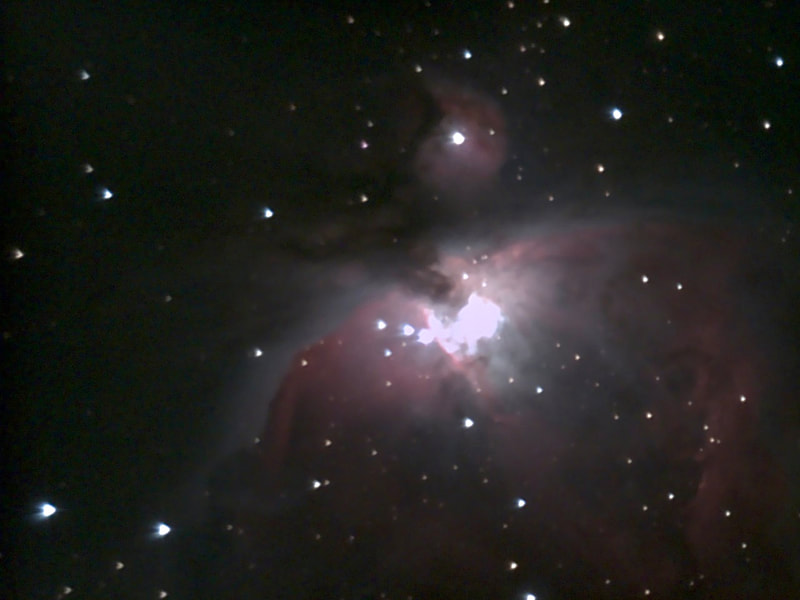
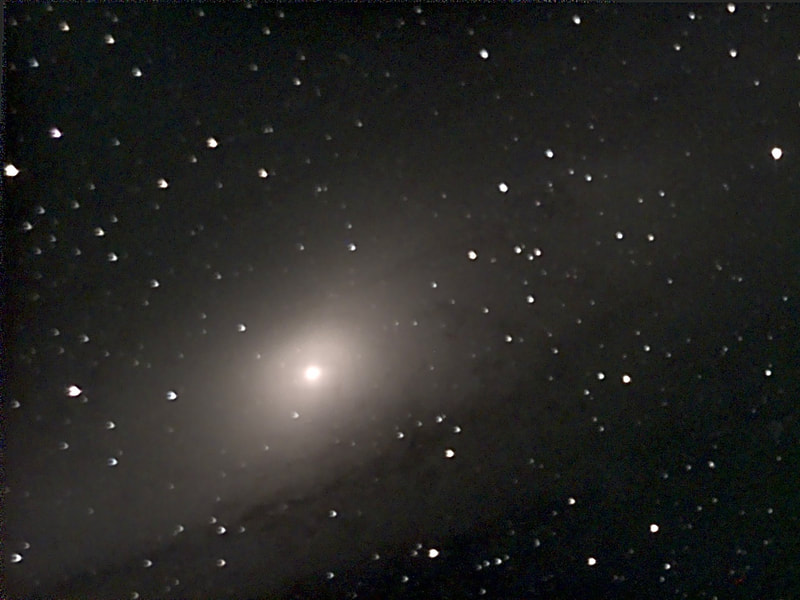
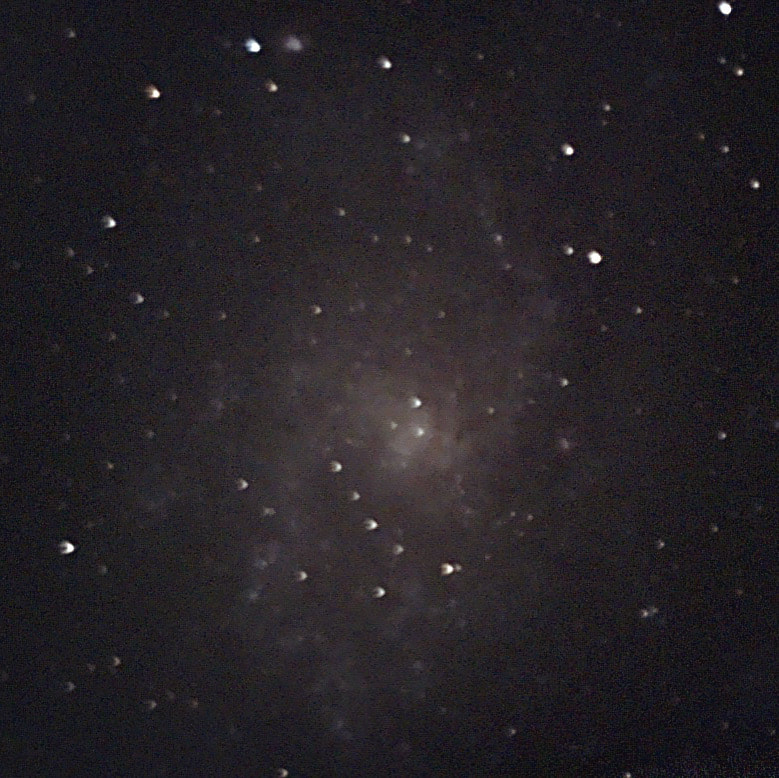
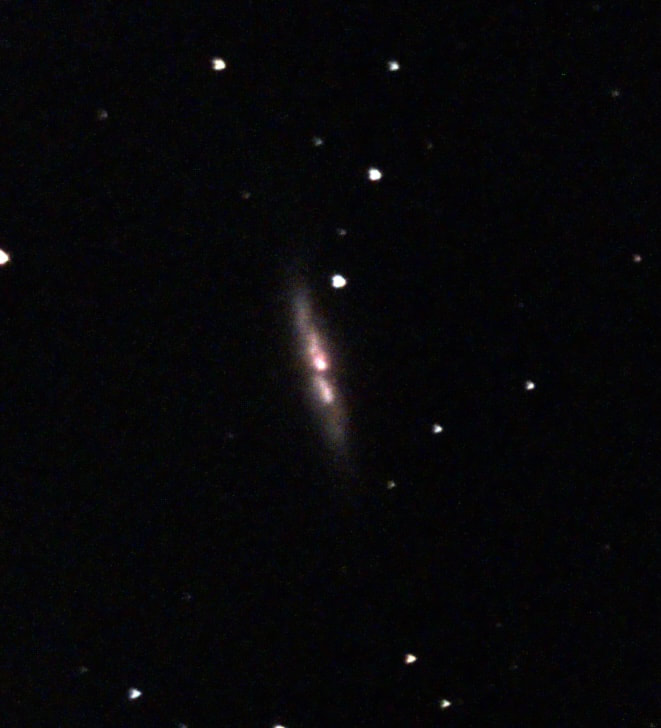
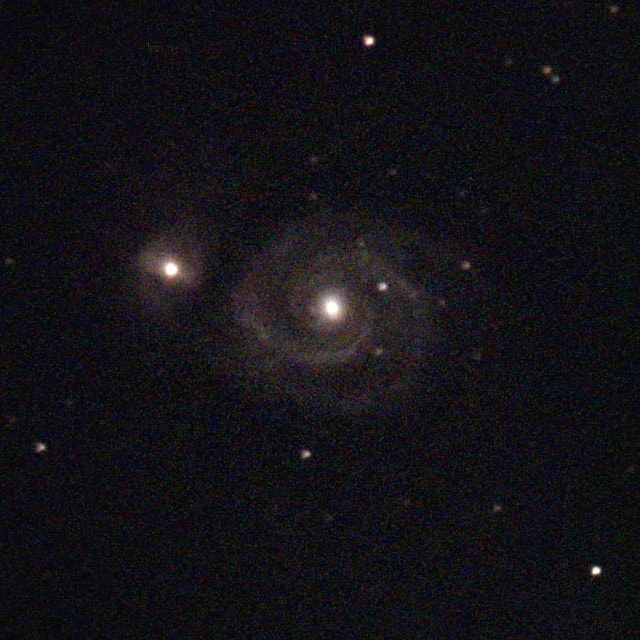
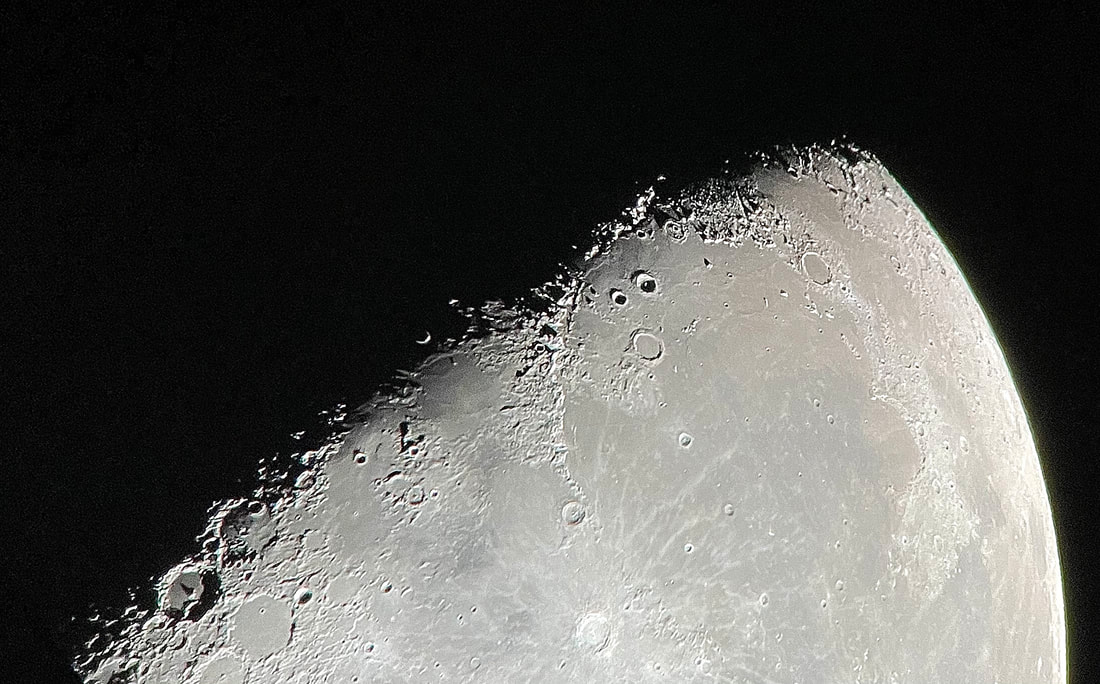
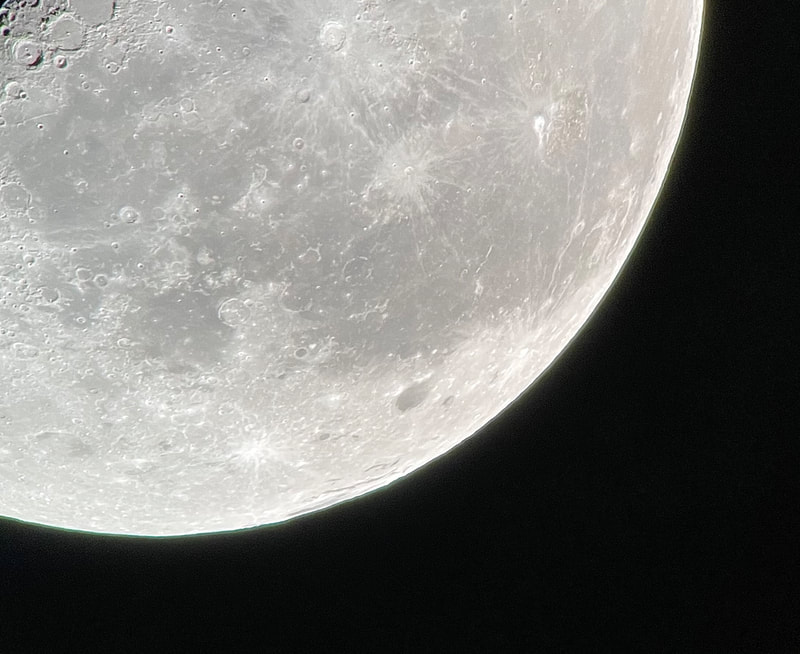
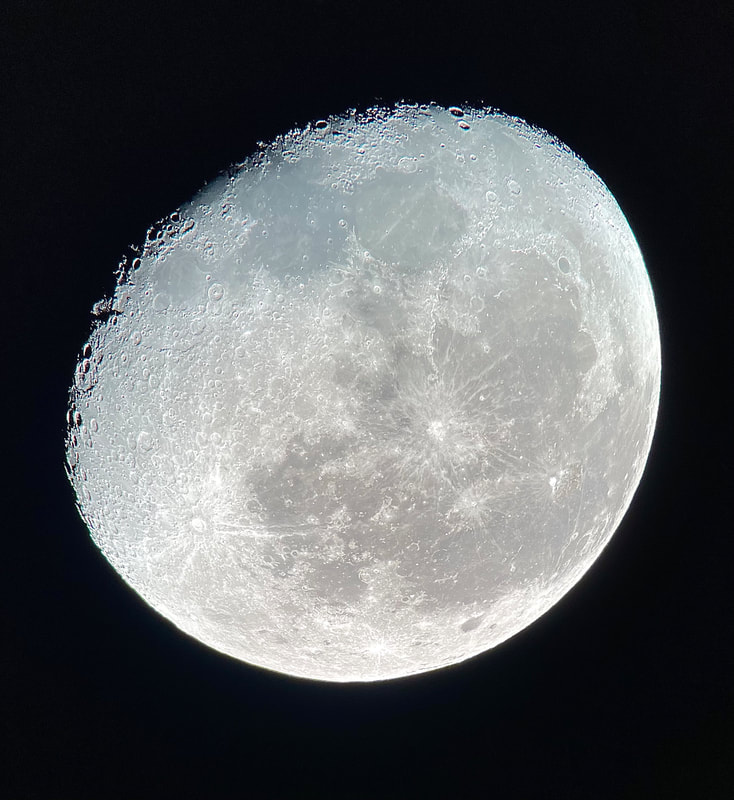
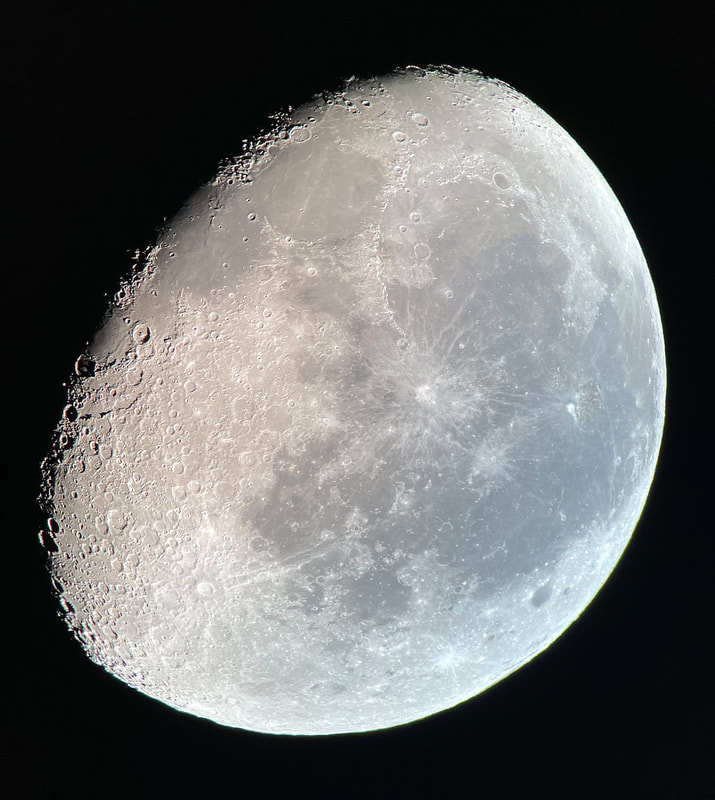
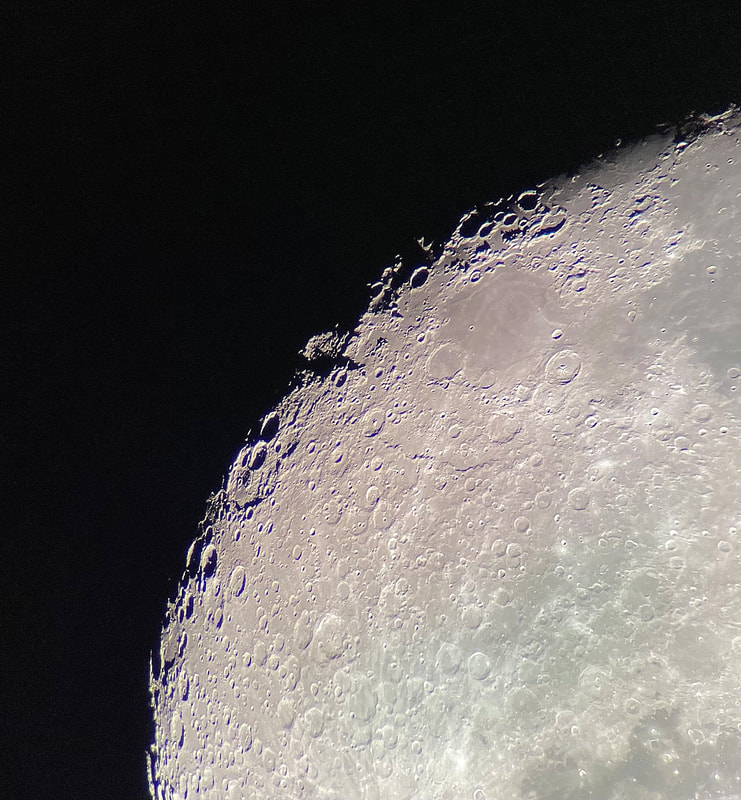
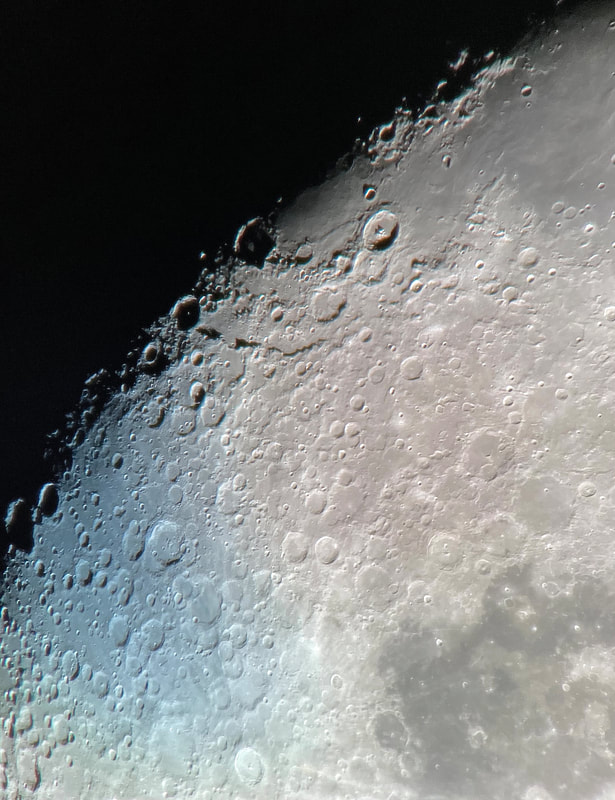
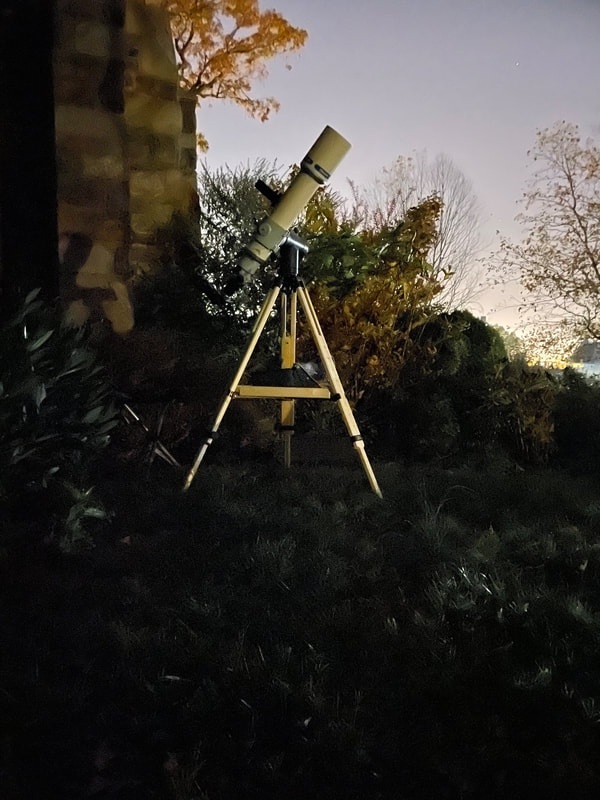
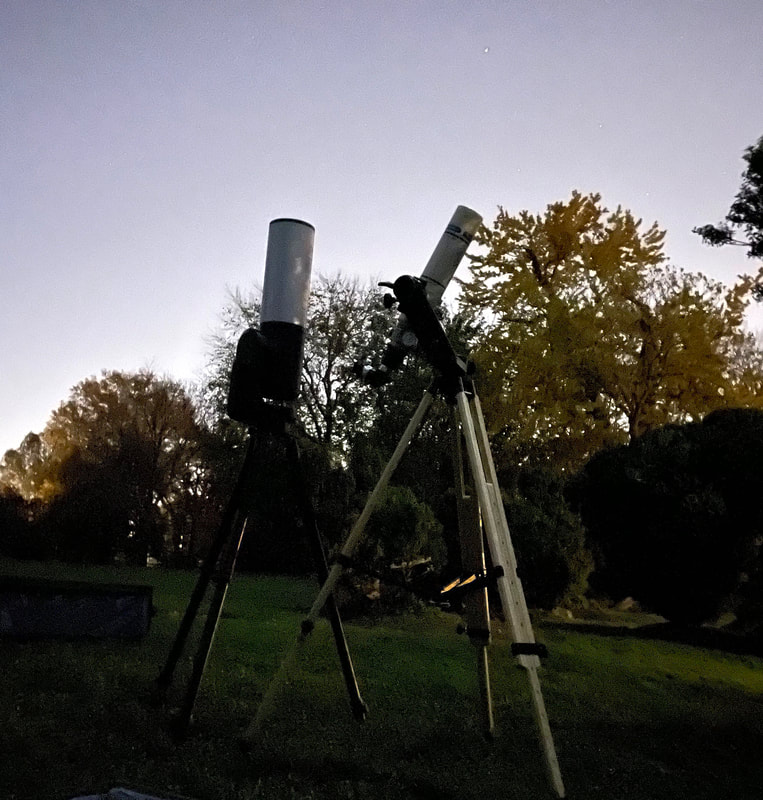

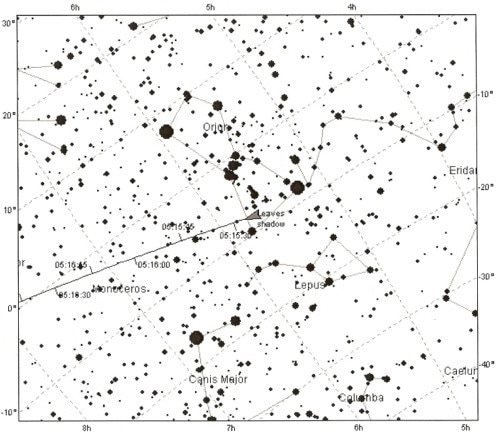
 RSS Feed
RSS Feed